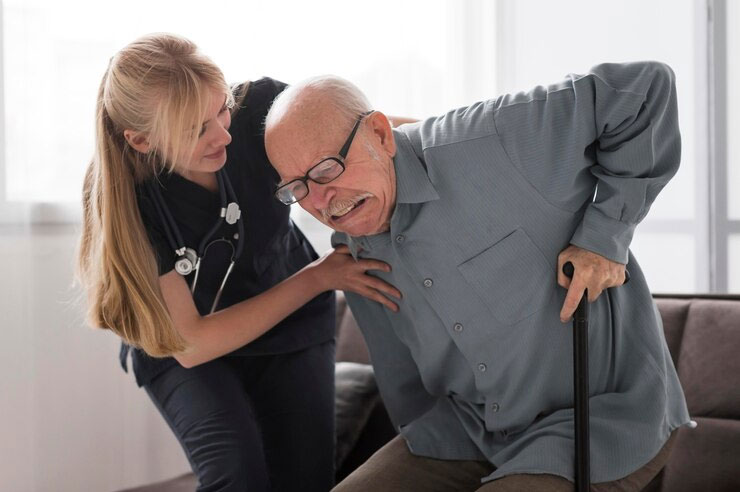



Well, stroke is like a medical emergency that will have a long-lasting effect on an individual and on his health as well as his quality of life post-stroke. Recovery from a stroke is a complex, multifaceted, and long process that involves many facets of physical, mental, and emotional healing. It can last long and be quite challenging but gives hope that many stroke survivors can, with the right care, encouragement, and therapy, be successful in regaining much function and independence.
Stroke rehabilitation is a vital part of stroke recovery and it is for survivors and an equally good guide for the family of these survivors. In this post, we are going to explain five most important stages of stroke rehabilitation, as well as some signs for stages of stroke recovery progress, and an explanation on why rehabilitation is important.

This is most likely in the first days to weeks after a stroke. In this recovery phase, the goal is to stabilize the patient’s condition to prevent complications. The main point of this period is to make sure there is no pressure on the brain from the stroke, which also causes any grave problems.
Even at the very initial stages of stroke recovery, it is unlikely to have a significant physical recovery. They might only show minor signs of recovery, such as movement or responses. Depending on the severity of the stroke, a person may need to be followed closely in an ICU or a specialized stroke unit.

After the subacute recovery phase, the survivors of stroke begin the rehabilitation stage. This stage may last weeks to months and is aimed at helping the person regain lost skills through various types of therapy, such as physical, occupational, and speech therapy. The primary goal of rehabilitation is to enhance movement skills, speech, and thinking ability and bring back as much independence as possible.
This recovery time is extensive and depends on how severe the stroke was and which part of the brain was affected. Most do very well for the first six months to a year, although therapy continues as long as needed.
At this stage, recovery keeps going but slower, and the focus is on long-term healing. Some people might reach a point where they feel stuck in their recovery, but they can still make progress, even if it is slower. The aim is to keep improving the gains made in earlier stages of stroke recovery and working on getting back to functioning in different parts of life.
Even after formal rehabilitation, the long-term recovery goes on. It aims to make sure that things go right for the stroke survivor, making sure to continue progressing without any setbacks. A survivor learns to live with whatever residual disability or problems that will last. He knows how to live his life independently and as comfortably as possible.
At this point, stroke survivors begin to emphasize health practices that will help prevent a recurrence of the stroke. This can be achieved by maintaining a healthy diet, being active, and managing other risk factors, like hypertension.
Many things affect the speed and completeness of recovery after a stroke. These include:
Recovery from a stroke does not happen overnight and is on an individual basis. Such stages of stroke recovery may range from acute stabilization to long-term rehabilitation and care. Stroke survivors can significantly improve their physical, thought, and emotional capacities with the proper balance of medical care, therapy, and psychological support. Even though the road to recovery may be extended and challenging, many stroke survivors may become independent and improve their lives. It is always essential to remember that different people recover differently, so any improvement, no matter how small, is a step towards getting better.


Whether you are suffering from arthritis pain, headaches, fatigue, depression, or even tumors, Dr. Ma Acupuncture Centre is the tried and tested provider of Chinese medicinal techniques that yield the desired results with the use of safe and proven effective solutions.
Here at Dr. Ma Acupuncture Centre, we are passionate about helping people feel better as they get healthier. We customize our acupuncture, Chinese Massage, and Gua Sha Therapy services to each individual’s precise needs. This means that you get the exact solution for your unique health issues every time.
So if you are in Ellicott City and are in search of the trusted specialist in acupuncture and Chinese Massage Ellicott City MD folks rely on, there is only one name to keep in mind – Dr. Ma Acupuncture Centre!

For additional questions, either fill out the contact form, send me an email, or give me a call at +1 443-756-0563, +1 301-473-2788